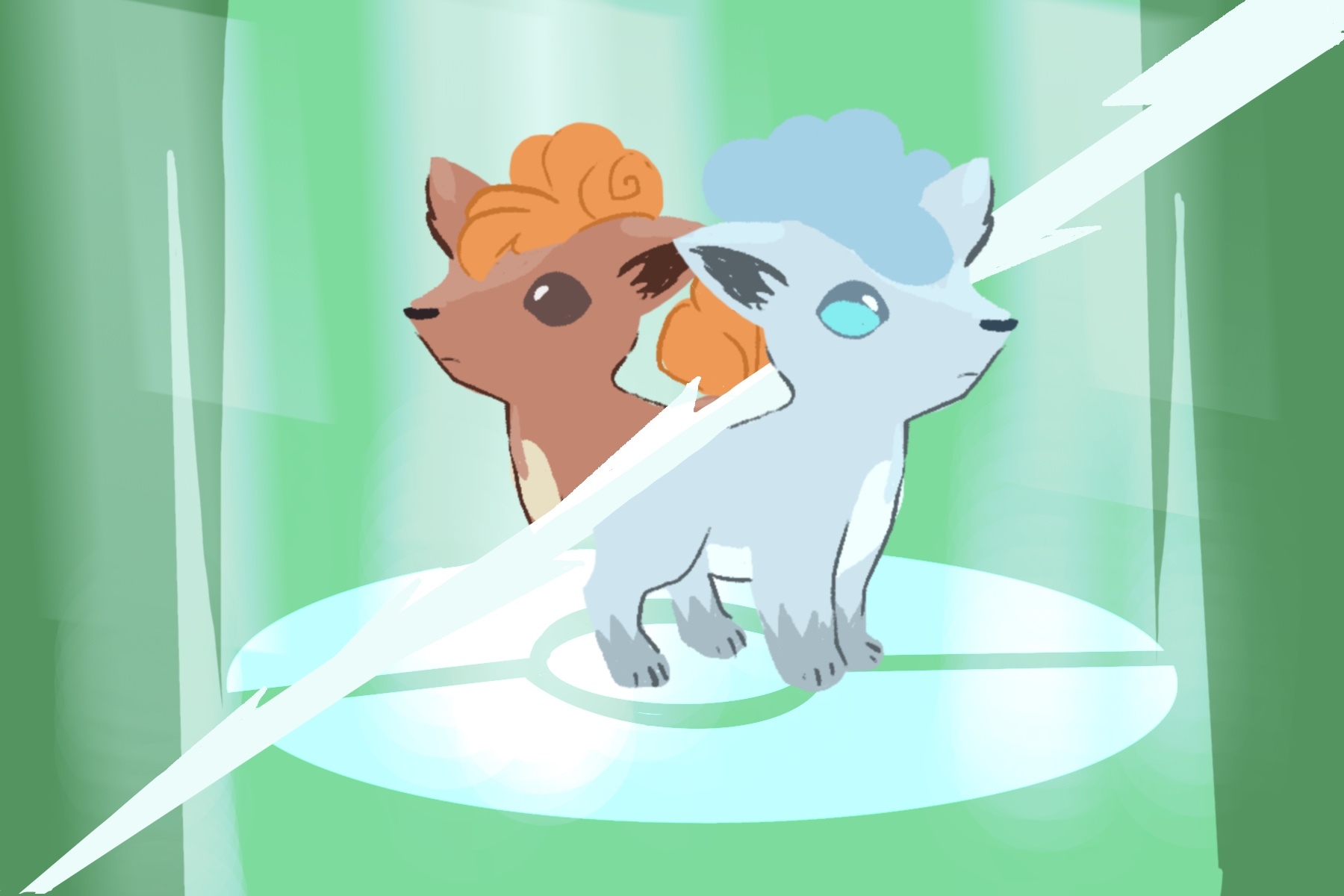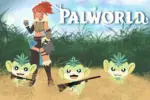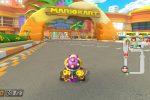There’s always been a running joke about how hard it must be to come up with fresh ideas for new Pokémon. The first time I remember seeing disapproving comments about a Pokémon’s design was when Pokémon Black and White were released, and we met Vanillite for the first time. Inspired by a child-sized soft-serve ice cream cone, Vanillite evolves into a bigger ice cream cone and then a two-scoop sundae. People online joked that in the next region, we would see a Pokémon based off of a hamburger or a pack of french fries. I mean, what’s next, a Pokémon based on a key ring? While I can defend Vanillite, it’s harder to stand up for the design of Klefki. I’m beginning to side with the other half of the internet that wonders if these new Pokémon designs are declining in quality.
There have been other design flops from the more recent games as well, which has forced the Pokémon Company to consider a new direction. Each game that has come out since Pokémon Sun and Moon has included new regional variants of previously existing Pokémon. In the Alola region, Pokémon that had regional variants were limited to the Pokémon first introduced in the Kanto region, like Meowth, Vulpix and Geodude. Along with completely redone designs, these Alolan forms also got updated movesets, unique typing and another shot in the spotlight. Pokémon from the Kanto region are fan favorites, so the shift from creating a set of brand new Pokémon to bringing a few old ones back with updated designs was well received by fans.
https://www.instagram.com/p/CbYoTd5r83M/?utm_source=ig_web_copy_link
The release of Pokémon Sword and Shield featured even more new variants. Hailing from the Galar region, these regional variants took the differences between their previous counterparts even further. Some Galarian forms were given completely new evolutions, something that had never been done before. And this time, they weren’t constrained to only making regional variants for Pokémon from Kanto either. Extra evolutions have been added to the game since the Johto region, with additions like Pichu, Crobat and Scizor. But the combination of regional variation with new evolutions took this to a whole new level. Not only are classic Pokémon getting refreshed, but they’re also getting evolutions they never had before. For a Pokémon like Mr. Mime, updates to its evolutionary line over time have changed it from not having any evolutions at all to having two! They also introduced many more challenging ways to evolve these new Pokémon, like having to land three critical hits in one battle if you want a Sirfetch’d.
In the newest introduced region, Hisui, there were even more regional variants added — with a twist. In Pokémon Legends: Arceus, you’re plopped into the ancient Pokémon region of Hisui, which you soon realize is the region known as Sinnoh in modern times. Pokémon from this game have regional variants as well, but they pose an interesting question: If Pokémon have different forms from the past, which version of the Pokémon is the actual regional variant? Which came first, the one from the in-game past or the ones we already knew about? There were extra evolutions introduced in Hisui as well, like Overqwil, an evolution of Quilfish. But something that Pokémon Legends: Arceus did that differed from other games was use pre-existing starter Pokémon that have regional variant evolved forms.
Since Pokémon regions take inspiration from real-world locations, regional variants have been able to put a fun spin on referencing their IRL counterparts. For example, in the Galar region — based in the United Kingdom — the Pokémon Zigzagoon was given a new form; its new design is a reference not only to a badger native to Europe, but also a shoutout to the popular glam rock genre from the United Kingdom. Mr. Mime’s new evolution, Mr. Rime, references U.K. native Charlie Chaplin — made clear from his iconic mustache and bowler hat combo. In Alola, there are references to real-life Hawaii, like how Alolan Raichu becomes a surfer and Alolan Marowak becomes a fire dancer.
https://www.instagram.com/p/CbmnPyyrN0T/?utm_source=ig_web_copy_link
Because the Hisui region is based in ancient Japan, the regional forms of the starter Pokémon had some interesting design changes. Decidueye switched from a dashing archer, Robin Hood-type character into something of a samurai archer. His little “hat” is said to be a reference to a kasa, a type of traditional Japanese hat. Decidueye’s secondary typing was changed from ghost to fighting, likely a reference to the more one-on-one combat the new design suggested. Samurott was always supposed to be a samurai — which is obvious based on its name and original design. Hisuian Samurott is a darker version of a samurai, a ronin: a samurai who has no master. Because of the darker design, Samurott tacked on a dark type along with its original water typing. And while some say that Typhlosion changed the least out of all of the other regional variants for the Hisuian starters, I think its new form is the best of them all. Hisuian Typhlosion is based on a spirit guide, a type of ghost that guides lost souls to the afterlife. This regional form adds ghost typing to Typhlosion’s primary fire type, which is a rare and powerful combination.
https://www.instagram.com/p/CaAHyM9LCb0/?utm_source=ig_web_copy_link
Regional forms are an interesting way that the creators of Pokémon have been able to keep old favorites in the mix by giving them amazing makeovers. The way that these new variants not only receive new designs but also new typing and moves makes them powerful additions to each game they are in. They say if it’s not broke, don’t fix it, but there’s just something so special about having two forms of some of your favorite Pokémon.
















